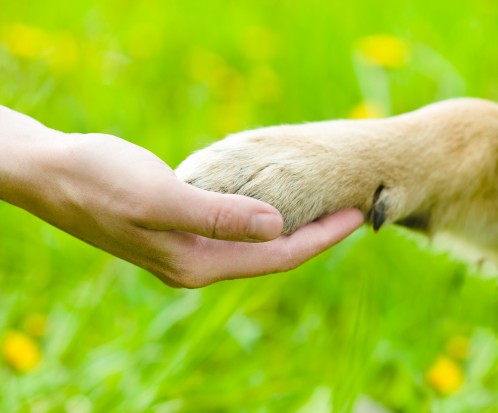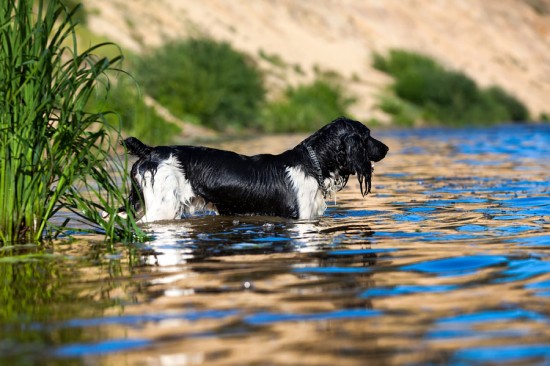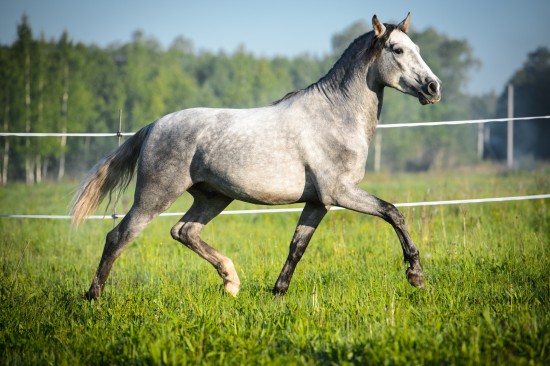One look at herd of Musk Oxen, and you wonder if you抳e traveled back in time to the Pleistocene, the age of Saber-toothed Tigers and Woolly Mammoths. Reportedly, these venerable beasts have existed since the last ice age, 600,000 years ago. With their distinctive curved horns and shaggy long hair, this 揃ison of the Tundra?roams the arctic river valleys of North America, Greenland, and the northern countries of Europe, grazing on grass, reeds, and sedges, using its cloven feet to dig beneath the snow to reach lichen and nutritious ground plants when necessary.
Musk Oxen, who are not oxen, and do not have a musk gland, most likely got its names from the heavy scent that males give off when excited. They are a member of the Bovidae family, and are closely related to sheep and goats, although they best resemble buffalo and bison. Like cattle, they have a four-chambered stomach and live in herds of 10-20 animals. Sometimes several herds may join, forming groups of up to a hundred. Herds will include bulls, cows, and calves until mid-August when the bulls are in full rut. At this time, bulls begin to exhibit heightened aggressiveness, making impressive displays of themselves. Pawing at the ground, walking stiff-legged, and swinging their massive horns, the bulls compete for dominance.
At a formidable 440 to 880 pounds, bulls stand 5 feet at the shoulder and are 8 feet long. Challenges made at mating season are no light affair. Facing off, challengers back up about a hundred feet apart before charging, head on, at speeds approaching 35-45 miles per hour. Bellowing, the bulls collide. Their massive horn bosses, which can grow up to four inches thick and a foot wide, protect their skulls, and challengers may repeat the activity a dozen times before one bull submits and is run off. The winning bull will be the only male allowed in the herd until mating season is over.
At two years old, cows are sexually mature. The gestation period lasts 8 ?months, and single calves, weighing 18-25 pounds, arrive mid-April to early May. With soft curly hair, calves resemble their parents, and may begin eating grass as soon as a week after birth, although they will continue nursing for a year or more.
The arctic is a desperate region, but Musk Oxen are well-equipped. In winter they grow thick undercoats of soft brown fleece and shaggy overcoats. Guard hairs extend past their bulky shoulders and short legs, almost dragging on the ground. This wool is finer than cashmere, and eight times warmer for its weight than sheep抯 wool. It can protect the animal at temperatures down to 100 degrees Fahrenheit below zero. Musk oxen shed their undercoats in May, leaving behind them 揟he Golden Fleece of the Arctic敆great woolly powder puffs anywhere between 4 and 16 pounds. Traditionally, Inuits have used this fiber, which they call qivuit, in making garments.
Adult Musk Oxen protect their offspring in a way quite unlike any other animal. When approached by a predator, calves quickly gather in a tight circle, while the older members of the herd encompass them, facing outward. If necessary adults may charge the threat; but usually they remain stationary, using their muscular shoulders and horns to block the provocateur from the more vulnerable members of the herd. This course of action is effective against arctic wolves and the occasional polar bear, but not against the firepower of man. In the early 1900s Musk Oxen came close to extinction and were completely wiped out by hunters in Alaska. However, thanks to a worldwide hunting ban, populations have recovered. They were reintroduced into Alaska in 1930, where they continue to thrive. The world population is now estimated at 65,000-85,000. Their biggest threat now may be the climate shift occuring in the north. Where temperatures drop significantly a hard crust of ice may form over the ground which is impossible for the Musk Oxen to break through. Without food, herds may starve.
This appears to be the new challenge of preservation teams devoted to caribou and Musk Oxen, the final surviving relic of a past age.

 Do We Need Proof That Humans Are Better Than Animals
Do We Need Proof That Humans Are Better Than Animals
 Do A Dog’s Dewclaws Serve Any Useful Purpose?
Do A Dog’s Dewcla
Do A Dog’s Dewclaws Serve Any Useful Purpose?
Do A Dog’s Dewcla
 Can Your Dog Swim? Why Some Dog Breeds Cant Swim
Can Your Dog Swim
Can Your Dog Swim? Why Some Dog Breeds Cant Swim
Can Your Dog Swim
 A Simple Guide to Kitten Age Estimation
A Simple Guide to Kitten Age Estimation
So you
A Simple Guide to Kitten Age Estimation
A Simple Guide to Kitten Age Estimation
So you
 The Andalusian Horse
The Andalusian Ho
The Andalusian Horse
The Andalusian Ho